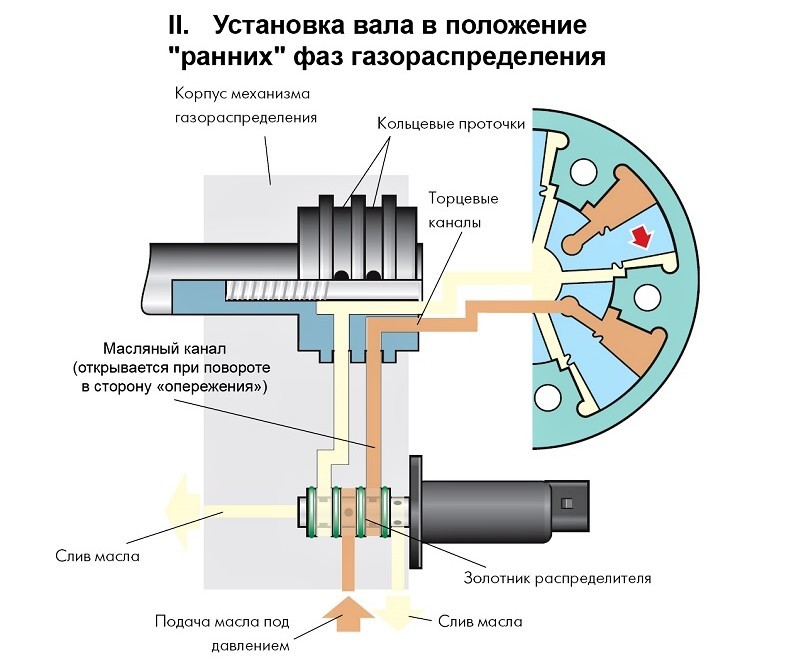
What is a variable valve timing (VVT) valve?
Content
The VVT solenoid is responsible for fuel economy by regulating the oil supply to the VVT hub.
Keep in mind:
A low oil level can also cause problems with the VVT solenoid and other parts of the timing system. Each vehicle manufacturer has unique codes indicating a problem with the VVT solenoids, so it is important to have a qualified technician diagnose your vehicle.
How it is done:
- Disconnect the battery, find the solenoid valve for changing the valve timing and remove the mounting bolts.
- Disconnect the solenoid and remove the solenoid
- Lubricate the solenoid and apply lithium grease to the seals on the solenoid coil.
- Insert the solenoid into the space of the mounting surface
- Insert mounting screws
- Fasten the engine cover
- Reconnect the battery
Our recommendations:
When replacing the solenoid, you may feel a slight resistance, but this means that the seals are installed correctly. To overcome resistance, rotate the solenoid slightly back and forth while pushing down until it is flush with the mounting surface.
What are the common symptoms that indicate the need to replace the Variable Valve Timing (VVT) oil control valve?
- Unstable or wobbly idle
- The Check Engine light may be on.
- Poor fuel economy
- Power loss during acceleration
How important is this service?
This service is important for maintaining power and fuel efficiency; this ensures that your car can drive properly uphill without losing power.
